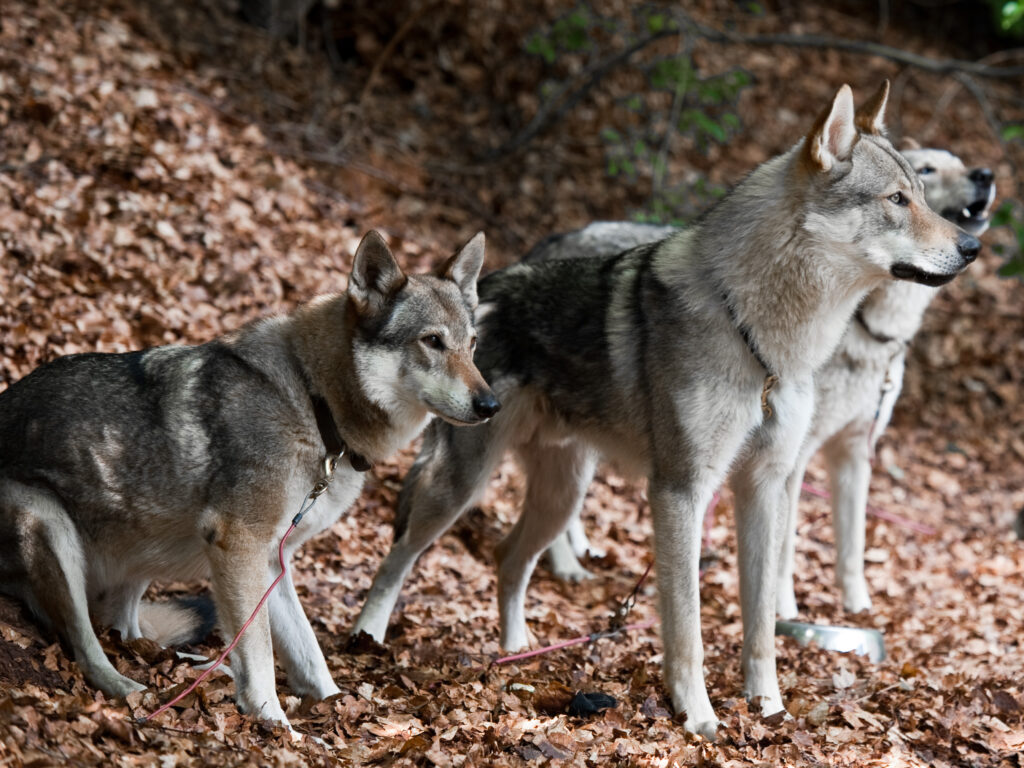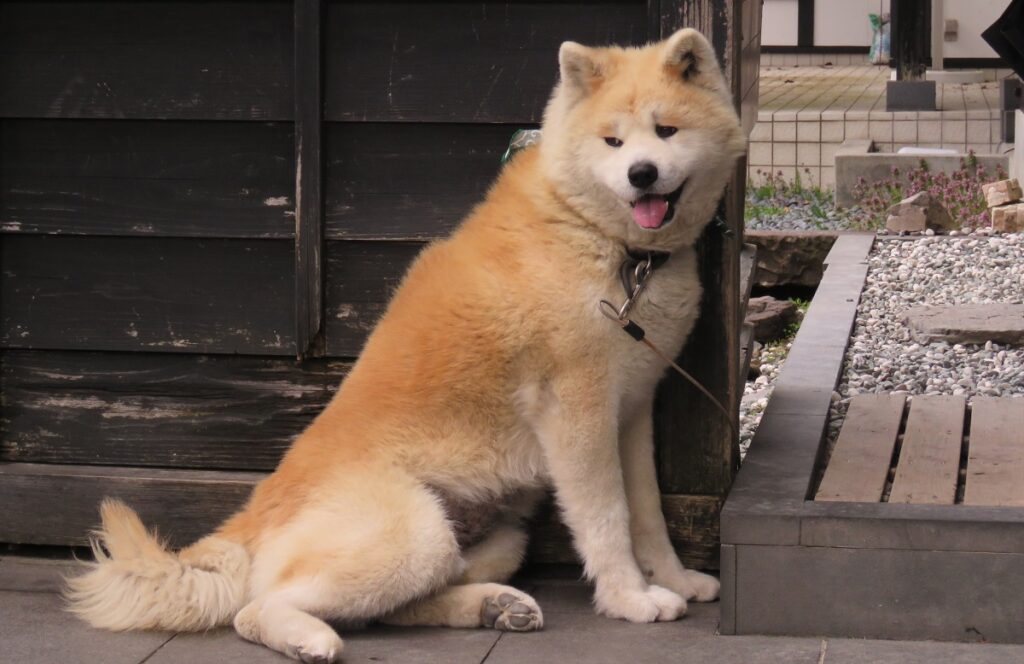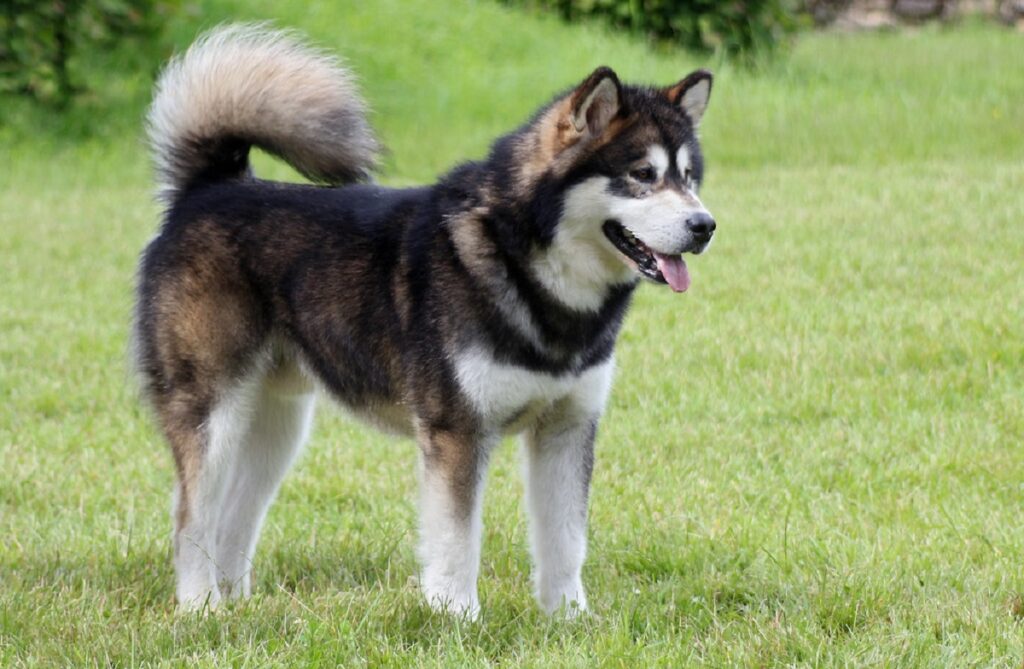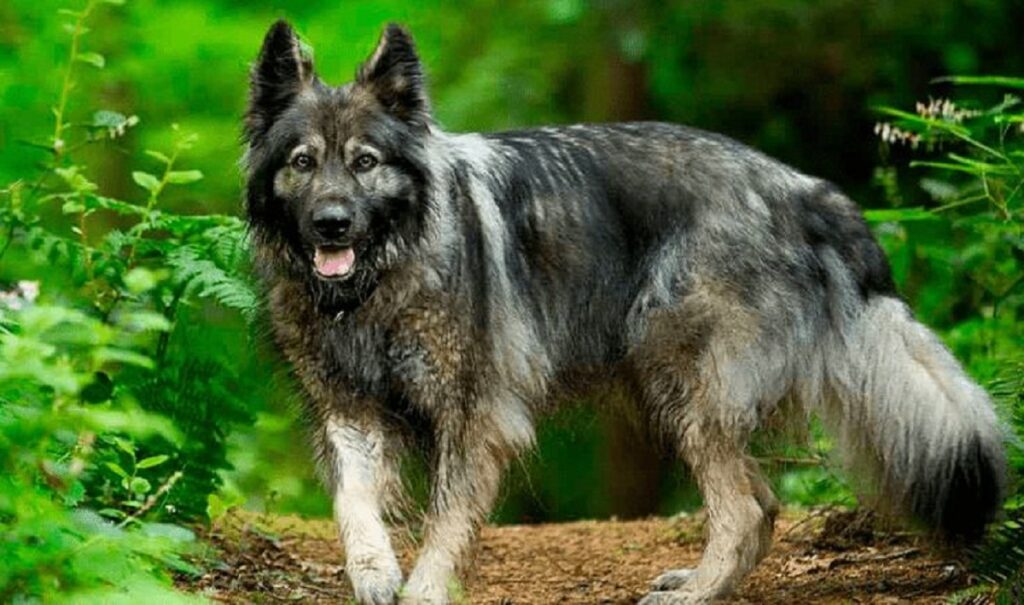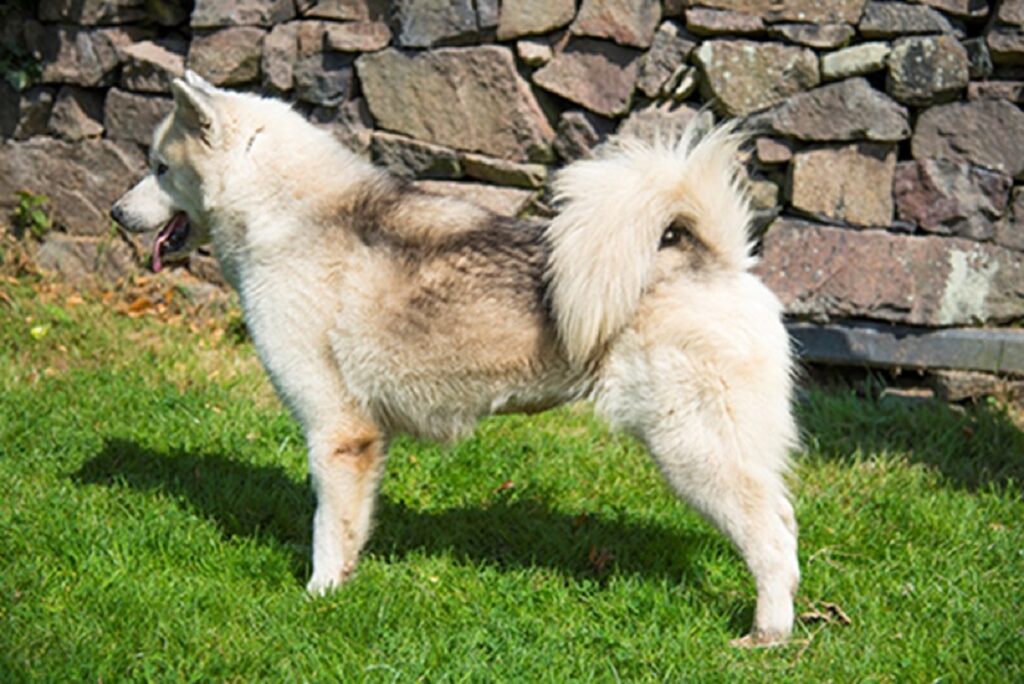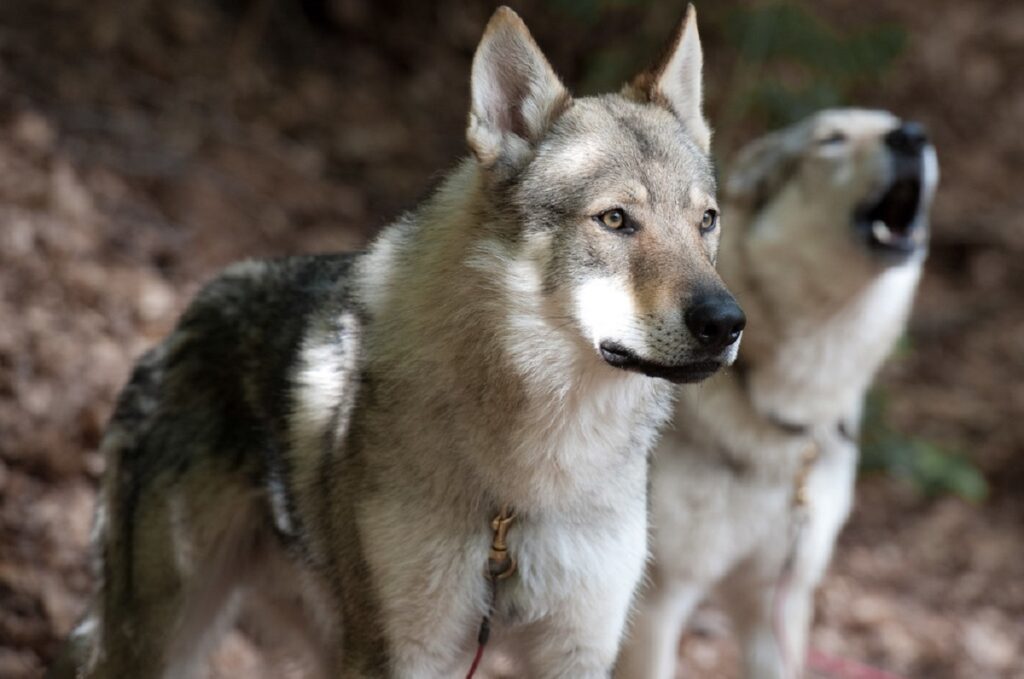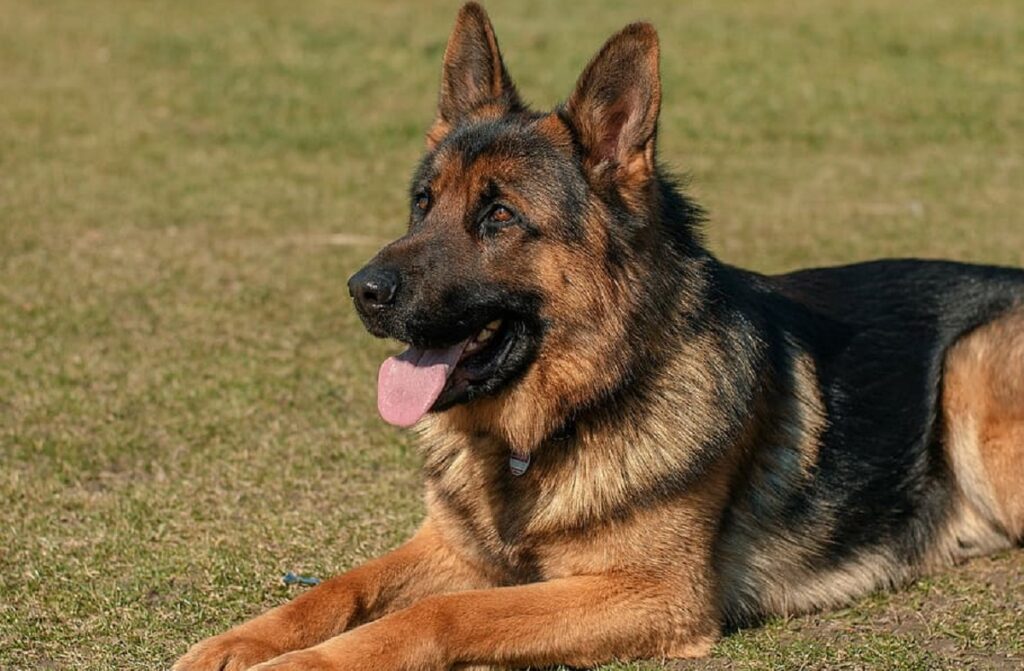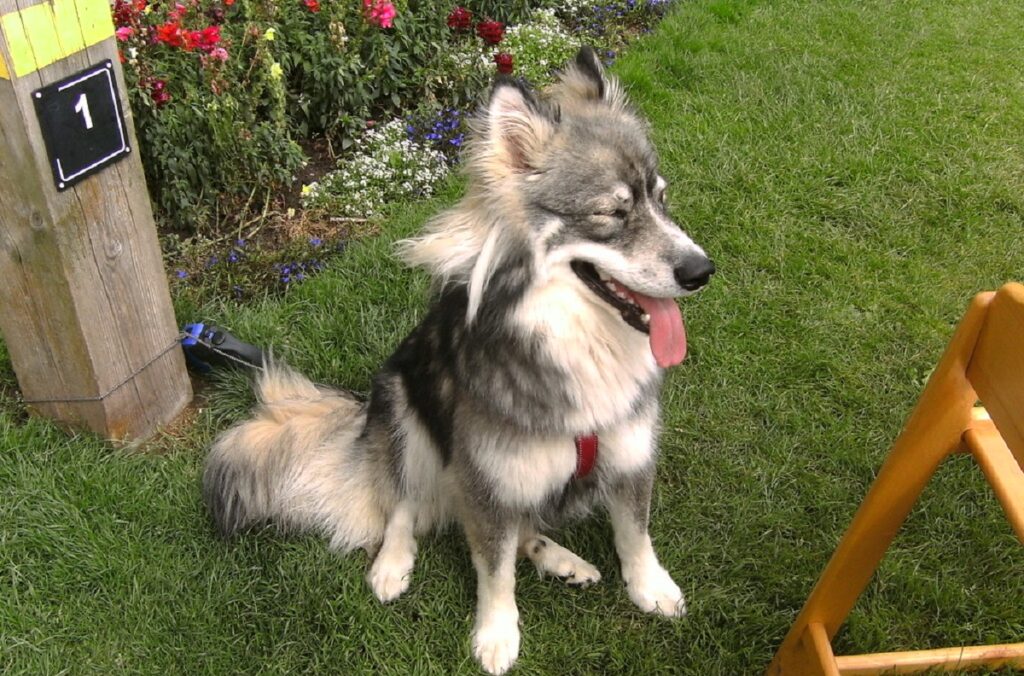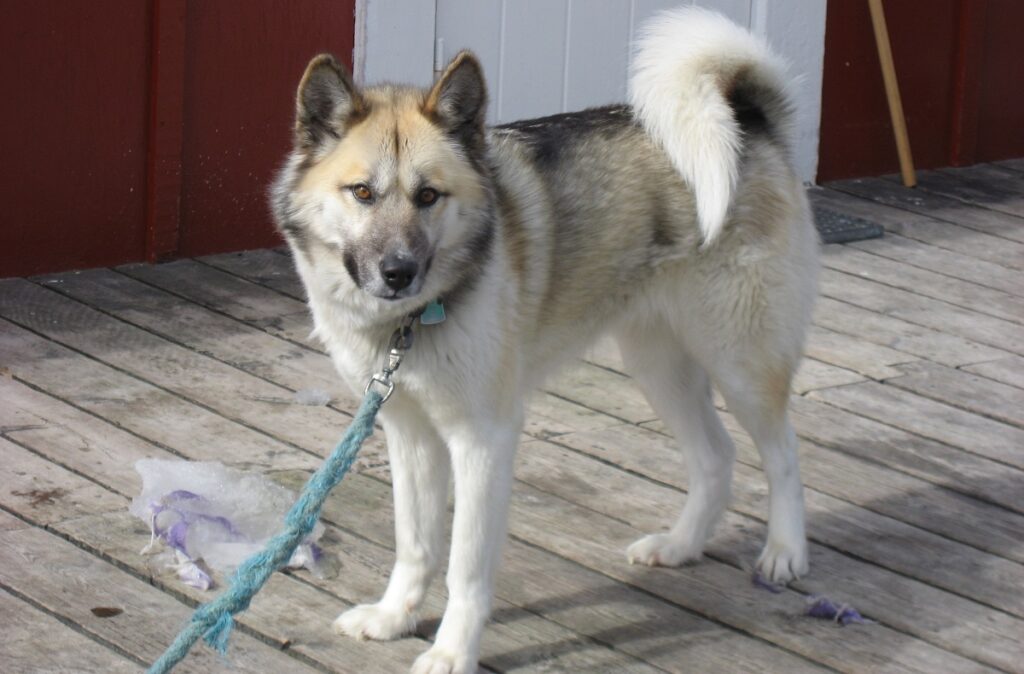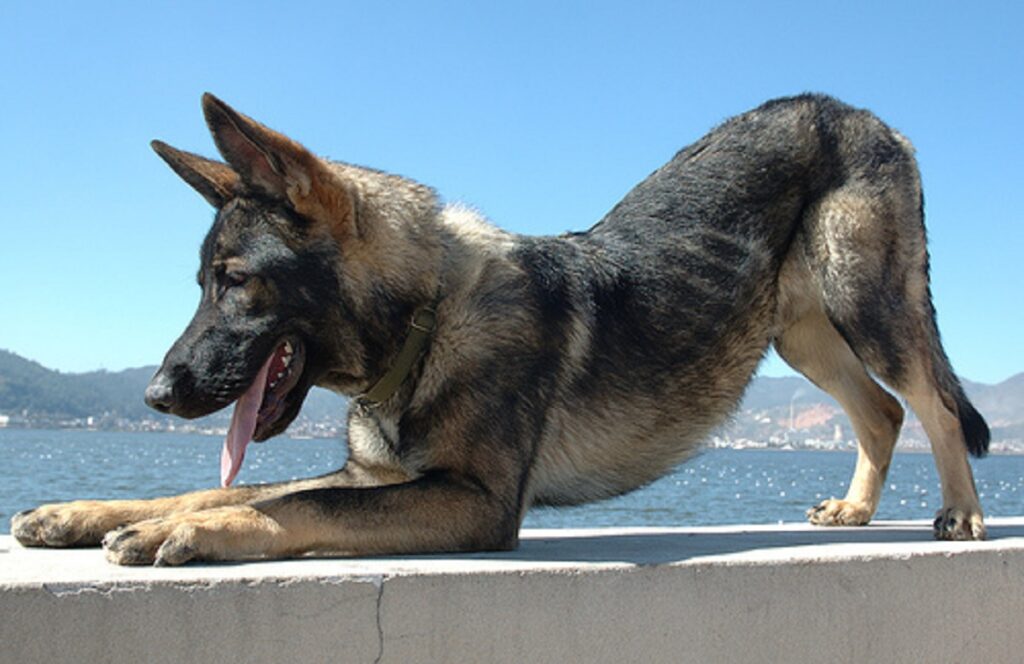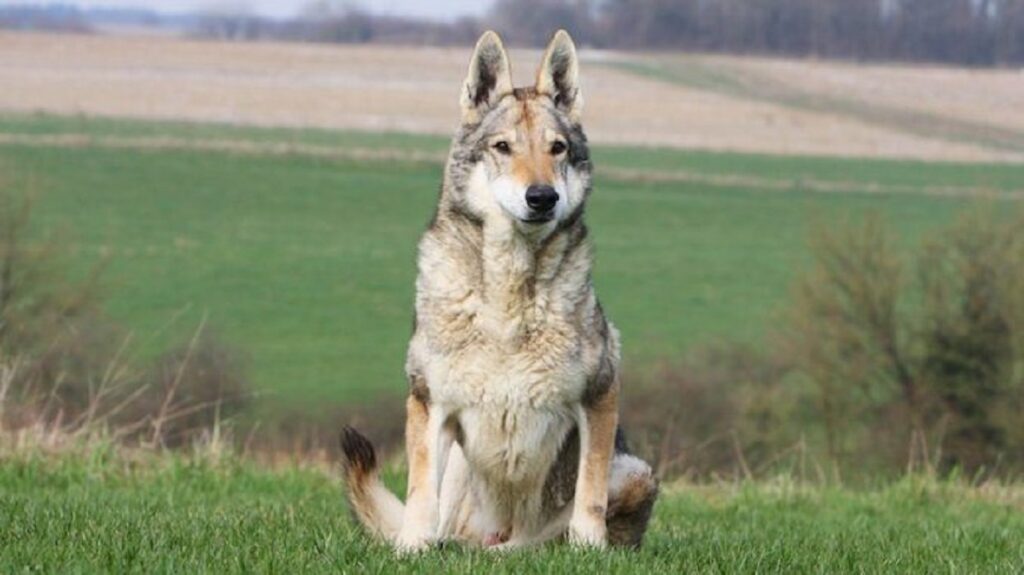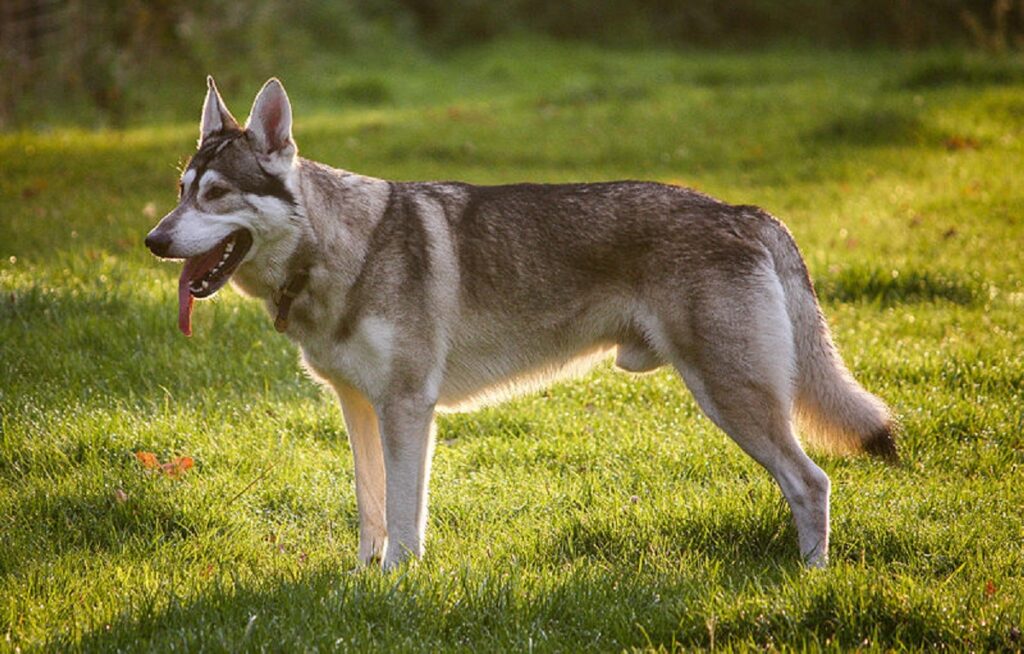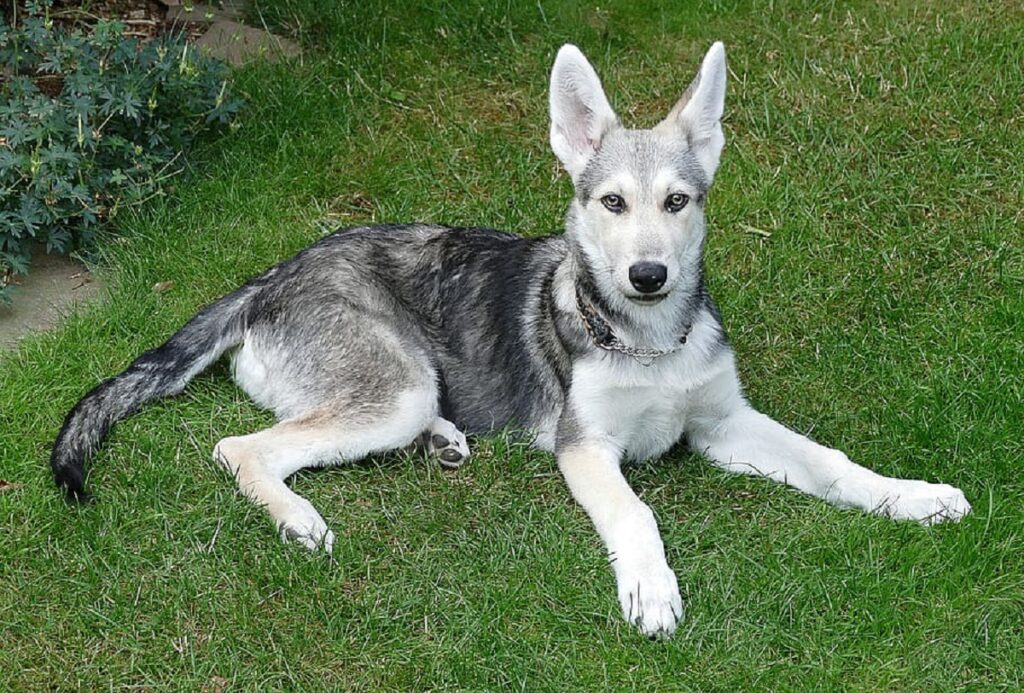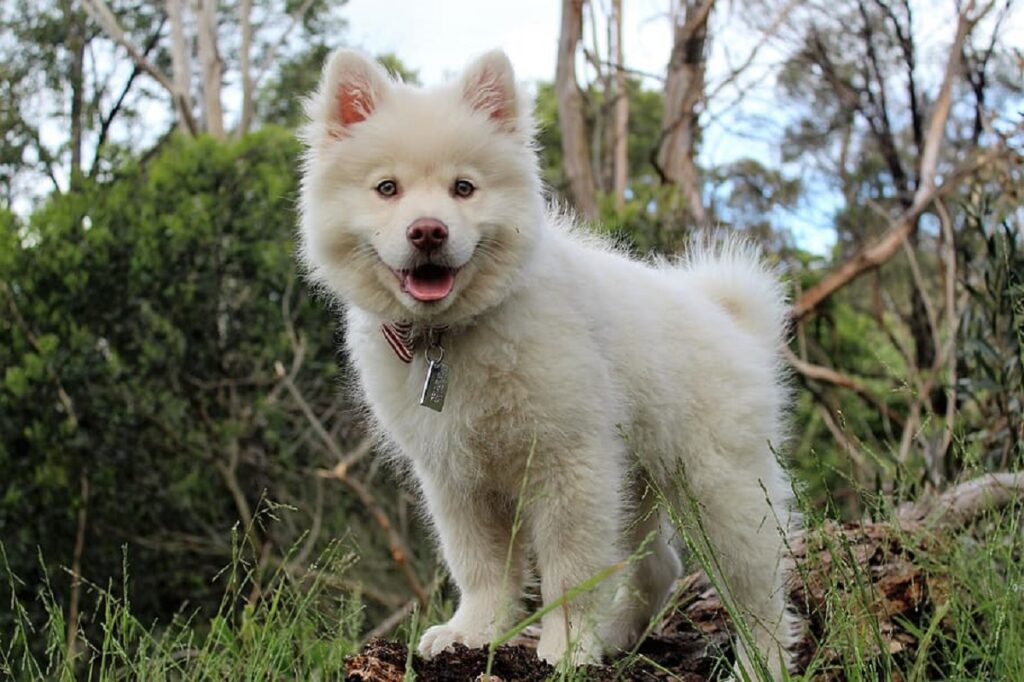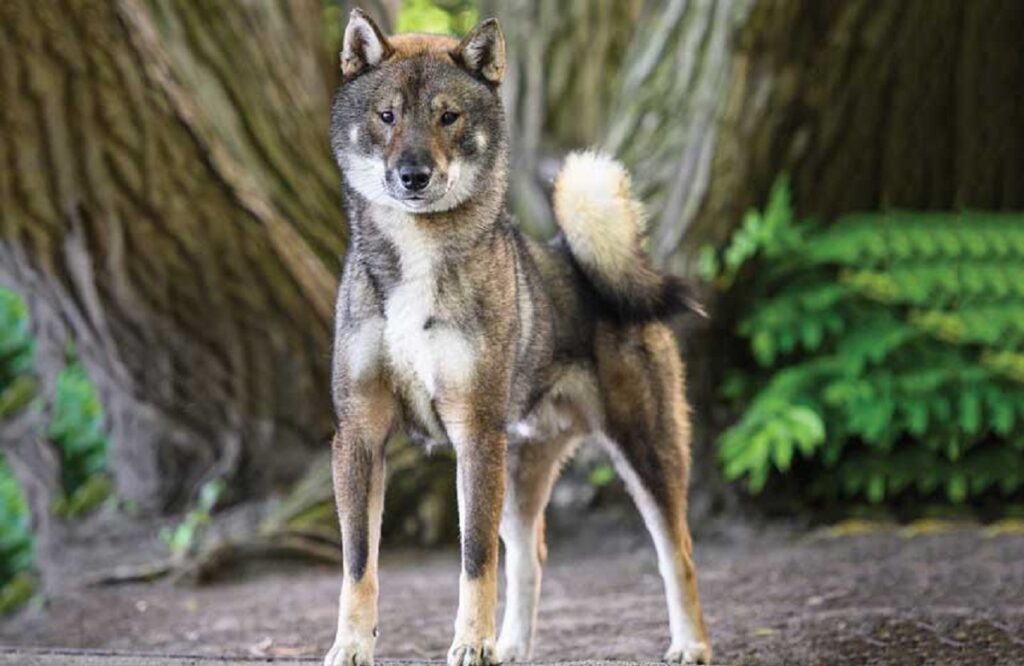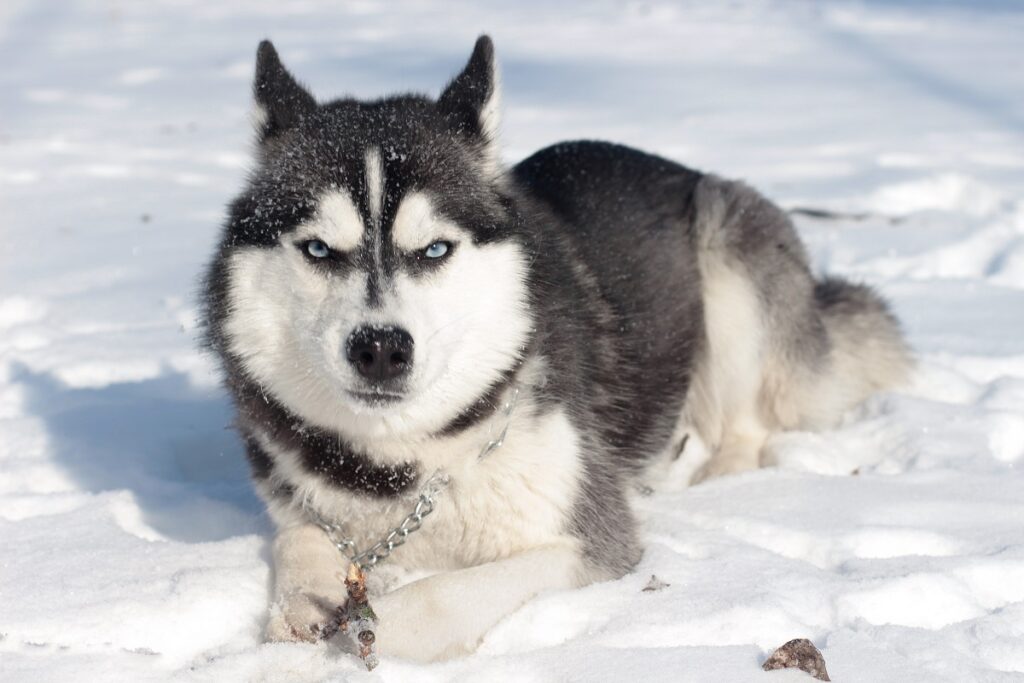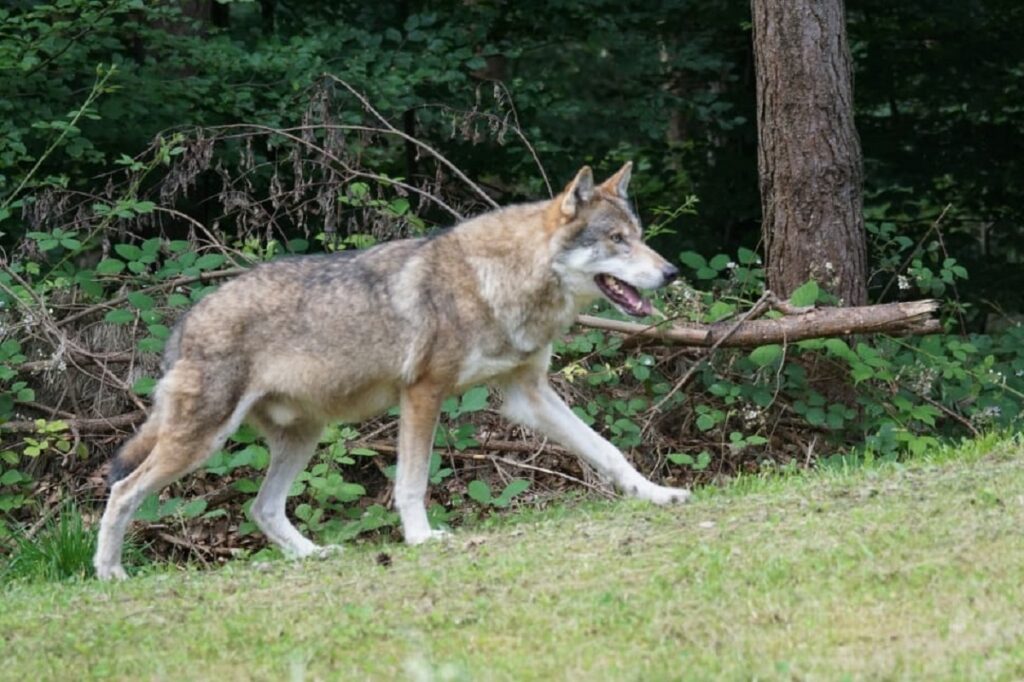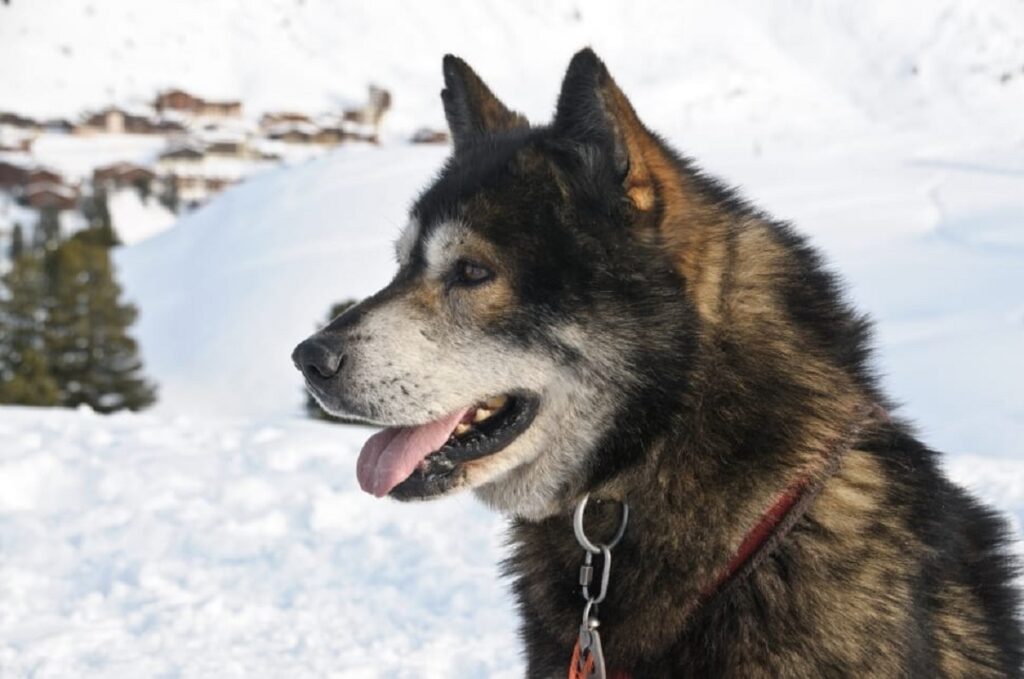Captivated by the wild beauty and mystique of wolves? While owning a pure wolf is often impractical and illegal, several stunning dog breeds retain the striking wolf-like appearance and independent spirit. This list explores 17 of the most compelling wolf dog breeds, from the imposing Alaskan Malamute to the playful Tamaskan. Discover their unique personalities, care requirements, and where to find reputable breeders, so you can find the perfect wolf-inspired companion to welcome into your home. Are you ready to embrace the call of the wild?
What Is a Wolf Dog?
A wolf-dog hybrid (or just hybrid) is a canine whose parents are a dog (Canis lupus familiaris) and a pure wolf (Canis lupus). Wolf-dog and wolf-dog hybrids aren’t the same. A wolf-dog refers to a domestic dog with somewhat recent wolf ancestry and genes. A hybrid is a domestic dog with wolf genes from many years ago, contributing to the domestication of dogs.
Not many people breed wolf dogs, as they are expensive. The breed needs a raw diet and a lot of space because they explore the environment and exercise. They must be socialized and trained, or they may become aggressive, territorial, and destructive rather than companion animals.
Wolfdogs are in danger because owners buy them and surrender them to already full sanctuaries, endangering their lives.
Owning wolf dogs is illegal in some states. States that allow wolf hybrids may require registration or a permit, vet certificates, vaccinations, and confinement in specific kinds of cages. Some states require obtaining a “dangerous animal” permit — like a pet lion.
Regulations may be based on how much wolf is in the dog. In California, only first-generation wolf dogs are illegal because there are too many wolf genes. Owners/guardians leave wolf dogs outside, and they aren’t happy alone. They shouldn’t be left in homes unsupervised with children, either.
Wolf Dog Breeds
The vast majority of wolf-dog breeders say they have “high content wolf dogs,” but the pups have little or no wolf content in them. Keep in mind that wolf pups are strong and can accidentally hurt youngsters.
Wolves are more independent than dogs and require different training. The wolf dog is a human invention since a wild wolf isn’t out in the open, so they don’t mate with a domestic canine naturally.
Wolves and dogs share physical and behavioral traits because they have some of the same gene pool. There are many wolf-like dogs that have wolf ancestors. Below are 17 dog breeds that enjoy human companions, and these wolf-like dogs make great pets. They are wolf dog breeds that, by selective breeding, have been perfected for living with humans.
We recommend researching a pet before getting one to be sure you can meet their health needs because you may need to change your lifestyle a bit to accommodate a wolf dog. Wolf dog breeds have a variety of behaviors.
1. Akita
Akitas are one of the wolf-dog breeds and possess the following behavioral characteristics: dignified, courageous, highly intelligent, dominant, and loyal. They have the pointy ears and the double coat of a wolf and were bred in Japan. The American Kennel Club says that Akitas have different fur colors and markings. Most are black, fawn, red, white, or brown brindle. They are adorable wolf dogs.
Like many dog breeds, especially wolf-like dogs, Akitas were used for pulling sleds and fighting and were highly valued for hunting large prey, like bears and wild boars. They weigh between 70 and 130 pounds and can live to be 10 to 14 years old.
Akita breed pups can be very big pets. They don’t need a lot of exercise, so they enjoy life indoors — especially if it’s hot out, crank up the air conditioning.
Akitas are strong-willed, so owners need to establish pack order. My first pup was half Akita, and my second was a rescued Akita. They were both great with my cats but didn’t care for youngsters (except for my son). Akitas need to be socialized and trained at a young age if possible. They are silly and affectionate with their family members and friends, so they make a fun pet.
2. Alaskan Malamute
Alaskan malamutes, another of the wolf-dog breeds, look like a wolf-dog (those wolf genetic composition in their dog genes). According to the American Kennel Club, the Malamute, which is an arctic wolf-like dog, has pointy ears and a double coat of thick fur and is normally gray, black, red, seal, or sable and white.
They originated in Alaska, weigh 75 to 85 pounds, and their life expectancy is 10 to 14 years.
They are easily trainable because they want to please their humans. The Alaskan Malamute is loyal, playful, protective, and affectionate. They were originally sled dogs. When considering wolf dog breeds, the Alaskan malamute certainly looks wolf-like and makes a great pet and one of the best family dogs.
3. American Alsatian
American Alsatian dogs are actually German shepherd dogs (GSD) and a wolf-dog breed. After World War II, the UK preferred to call the dogs Alsatians. They are courageous, confident, and smart. Alsatians/GSDs are affectionate, great with youngsters, protective, and very adaptable. They have pointy ears and double-coated long fur like a wolf dog and make a sweet pet.
Alsatians live 7 to 10 years and are 50 to 90 pounds. They need a lot of mental stimulation and have plenty of energy. Their colors include black, black and cream, black and Red, black and silver, black and tan, gray, sable, white, liver, blue, and bicolor.
The American Kennel Club doesn’t use the term American Alsatian. If you Google “AKC American Alsatian,” German shepherd comes up.
4. Canadian Eskimo Dog
The Canadian Eskimo Dog breed, another arctic pup, is a small wolf-like dog with pointy ears, a thick double fur coat, and the thick tail of wolf-dog breeds. They are smiling white balls of fluff, so they don’t give off that wolfy vibe.
They are easy to train, friendly, energetic, affectionate, adaptable, and good with children. This breed has the appearance of a cute stuffed animal rather than a resemblance to a wolf.
The American Kennel Club says they can be all white or white and biscuit and have three sizes: toy (6 to 10 pounds), miniature (10 to 20 pounds), and standard (25 to 35 pounds) — which must make them a mini wolf dog. The lifespan of these dogs is 13 to 15 years old — nice longevity for a wolf dog breed.
5. Czechoslovakian Wolfdog
The American Kennel Club (AKC) calls the Czechoslovakian wolfdog the Czechoslovakian Vlcak. Their characteristics are loyal, affectionate, energetic, need mental stimulation, highly intelligent, protective, and active. The Czechoslovakian wolfdog weighs between 44 and 57 pounds.
The Vlcak are yellow-gray, silver-gray, and gray. They have superior eyesight, a great sense of smell and hearing, as well as excellent stamina and endurance. If you like a loving, playful, energetic, smart, and protective pet, Czechoslovakian wolf-dog hybrids could be the pet for you. Breed members look like wolves but behave like a pet.
The Vlcak was originally trained for border patrol duty in Czechoslovakia in the 1950s. Now, Europeans and Americans use them for search and rescue, agility, tracking, herding, obedience, drafting, and working dogs sports. The Czechoslovakian wolfdog was originally bred to be versatile and can handle harsh elements. They also have a very independent nature.
6. German Shepherd
The American Kennel Association reports that the GSD wolf-like breed is courageous, smart, and confident. They are affectionate, great with children, protective, and very adaptable, making them one of the most popular dog breeds.
GSDs have the pointy ears of the wolf-dog breeds and a double coat of long fur like other wolf-like dogs. GSDs are one of the best dogs to train.
GSD live 7 to 10 years and are 50 to 90 pounds. They need a great deal of mental stimulation and have lots of energy. Their colors include black, black, and cream, black and red, black and silver, black and tan, gray, sable, liver, blue, bicolor, and white German shepherds.
7. German Shepherd-Husky Mix
German Shepherd-Huskies, known as Shepskies, often have the poise of GSD pups and blue eyes. They share the physical characteristics of both breeds and are highly intelligent dogs and loyal like a GSD, as well as full of playful energy like huskies. They are 50 to 90 pounds, have fluffy tails, and feature a double thick coat.
Shepsies are one of the wolf-dog breeds that are good guard dogs because of their GSD chromosomes. They are adaptable to different environments and are good with youngsters.
8. Greenland Dog
Greenland dogs, like most of the aforementioned dogs, are known as northern dogs and have thick coats, tails (some curled over their backs), and undercoats. They are muscular and have triangular ears. They have been used by Eskimos, Vikings, and Inuits for hunting and transportation since ancient times. Greenland dogs live to be 12 to 15 years old and weigh 55 to 71 pounds.
They are energetic, bold, friendly, affectionate, rambunctious, protective, rare, and have mental strength. Greenland dogs need firm handling and training, and they are great with kids when trained. Greenland dogs come in many colors.
They need two hours of hard work or rigorous exercise each day — like hauling or sledding. They are predators and enjoy hunting seals and polar bears.
The Greenland dog isn’t actually a breed; it’s a landrace, which is a kind of dog that initially developed naturally with humans because it was isolated from other species.
9. Kunming Wolf Dog
The Kunming Wolf Dog, also known as the Chinese wolf-dog, descended from and is similar to the German Shepherd. They were bred in China in the early 1950s to be military dogs in Kunming, the capital of Yunnan Province. They are self-assured, highly intelligent, energetic, inquisitive, easy-going, friendly, loyal, loving, and curious.
They were originally a result of breeding the GSD and a few different wolf dog breeds. Police and soldiers use them for search and rescue and detecting mines. They are also employed as watchdogs and guardians.
Kunming is one of the wolf dog breeds that are rare, but they make great family dogs when trained. Kunming/Chinese wolf-dog hybrids need experienced dog owners who can establish themselves as alpha leaders.
Kunming/Chinese wolf dog breeds have a double fur coat and need to be brushed twice a week. They are 66 to 84 pounds and live 12 to 14 years. Their coats can be black saddle and muzzle, and other colors like light straw to deep rust.
10. Native American Indian Dog
The Native American Indian Dog (NAID) comes in two sizes — large and giant, two hair coat lengths and two coat color combinations. Colors include silver, black, and tortoiseshell-colored coats. The tortoiseshell canines are sacred to the Native Americans. They aren’t actually one of the wolf-dog breeds. NAIDs were recreated in the mid-1990s to resemble extinct ancient dogs.
The NAID is a wolf-like dog, and the dog breed was designed to look like pure wolves and have the personality of their hard-working ancestors. They are great guard dogs; they are loyal, friendly, affectionate, gentle, strong, and smart. NAID’s jobs include hiking, hunting, fishing, and babysitting. They are good with other dogs. They weigh 55 to 120 pounds.
You can explore other North American animals and enjoy the grand diversity of nature.
11. Northern Inuit Dog
Northern Inuit Dogs (NorthAID) resemble wolves but are great family pets due to their intense loyalty. NorthAID appeared on Game of Thrones as Dire Wolves, so if you have always wanted one, this is your pooch!
Their loyalty can cause separation anxiety, so they enjoy a canine companion or a house where someone is usually home, and they aren’t alone for long periods of time.
Northern Inuit Dogs aren’t easily trained because they are stubborn, and they do best with experienced owners. A yard would be ideal for them. They are intelligent and social and come in gray, black, and white. Northern Inuit Dogs live to be 12 to 15 years old and weigh 55 to 110 pounds. Let’s reenact Game of Thrones scenes!
12. Saarloos Wolfdog
In the early 1930s, Leendert Saarloos mated a male German shepherd dog with a female European wolf. He wanted to breed a hardy, self-reliant companion dog breed. The Saarloos wolfdog is aloof with strangers but devoted to their human family.
Their traits include being energetic, proud, reliable, devoted, affectionate, protective, and independent, but they need to be socialized and do their best with experienced dog owners.
Saarloos wolfdogs have double coats and need to be brushed twice a week. They are good with youngsters and need three to four hours of exercise as well as mental stimulation each day. The Saarloos wolfdog needs half an acre and an eight-foot fence to contain them.
A Saarloos wolfdog can weigh 66 to 90 pounds and live to be 10 to 12. They are silver, blue, black, tan, white, and red.
13. Samoyed
Samoyeds, another of the wolf-dog breeds, date back to the Samoyedic semi-nomadic Asian tribes who migrated to Siberia a millennia ago. They were designed to do hard work in very cold arctic weather. The Samoyede humans cuddled with their dogs in their tents at night to stay warm.
Sammies were arctic watchdogs, hunters, and human body warmers. These beautiful canines transitioned from hunting reindeer to herding them.
Their traits are friendly, adaptable, mischievous, very affectionate, great with youngsters, like to play, still great watchdogs, very trainable, high energy, gentle, and tend to bark a lot. Sammies like to have a job. They weigh 35 to 55 pounds and live to be 12 to 14.
14. Shikoku Dog
The Shikoku dog is one of the wolf-dog breeds that was originally bred in Japan and is an enthusiastic, affectionate, alert, loyal, cautious, brave, temperate, intelligent, fun, and energetic wolf dog.
According to AKC, they are 35 to 55 pounds and live to be 10 to 12. Shikokus need to be socialized when they are young. Their coat can be sesame (mix of red and black), red, black, or black and tan.
Shikokus are good with youngsters but chase little animals, so if you have small animals that are pets, maybe you shouldn’t get one. They can be willful, so training is very important. They love exercising outside. Shikoku were highly valued by Japanese hunters.
15. Siberian Husky
Siberian Huskies, another of the wolf-dog breeds, are social, outgoing, intelligent, alert, affectionate, mischievous, and gentle. They can weigh 35 to 60, and their lifespan is 12 to 15 years. According to the American Kennel Club, the Siberian husky is gray, white, red, black, agouti, and sable and was originally bred in Siberia, Russia. They are hunters of small vermin.
The semi-nomadic Chukchi tribe wanted to expand their hunting grounds three millennia ago and needed to breed the perfect sled dog that didn’t need a lot of food, had endurance, and had high cold tolerance. It is believed that Siberian Huskies are most similar to Chukchi dogs.
Siberian huskies don’t get tired and keep moving. They aren’t good watch dogs because they like strangers. The Siberian husky wants to explore and may try to dig a tunnel under your fence to get out of the yard. They are good with youngsters and other dogs and are fun-loving and energetic. They are different from the Alaskan Husky.
16. Tamaskan
The Finish Tamaskan dog, one of the wolf-dog breeds, lives 14 to 16 years and weighs between 50 and 99 pounds. They are also called Tamaskan Huskies and are tolerant, sociable, intelligent, objective, social, obedient, and sociable. Tamaskans are black, gray, and red. They should live in a house, not an apartment. They don’t like being alone for long periods of time.
Tams are crossbred from German shepherds, Siberian Huskies, Alaskan Malamutes, and Samoyeds. They need lots of mental stimuli and physical exercise. They are good family pups, great with kids, and agile. They don’t like being alone, so let him know you’re the alpha leader and lock them inside.
17. Utonagan
A Utonagan is a cross-breed of three dog breeds: a GSD, an Alaskan Malamute, and a Siberian Husky. The Utonagan is a wonderful family pet. This breed is very gentle, affectionate, energetic, and even-tempered with all members of the family.
Originating in the United Kingdom, the Utonagan isn’t one of the wolf-dog breeds. Edwina Harrison, the founder of the breed, initially called the dog a ‘wolf hybrid,’ but it has no wolf blood. “Utonagan” translates to “spirit of the wolf” in Chinook Indian. Harrison tried to create a breed that looked like a wolf.
Are Wolf Dogs Good Pets?
People want a wolf-dog because they seem like good guard dogs and have a striking wolf-like appearance. However, there are challenges because they need training and have to be taught they are not the alpha.
FAQs
What Are the Challenges of Raising a Wolf Dog as a Pet?
Many wolf dog breeds think they are the alpha because of their wolf DNA. People who have experience with strong-willed canines are the best owners/guardians for wolf dog breeds.
What Sets Wolf Dogs Apart in Terms of Behavior and Care?
Most need socialization as well as training. They are high energy and require regular exercise and plenty of mental stimulation to ensure good behaviors from them.
What Is the Most Suitable Wolf-Dog Breed for a Pet?
The dogs mentioned in this article have wolf ancestors from a long time ago, so they are domesticated dog breeds. Each seems like it would make a nice pet for people whose lifestyle matches their personality. Samoyeds are a smiling ray of sunshine.
Final Verdict
A wolf-dog that’s half wolf and half dog may be too close to being a wild animal to live with humans, thanks to some of those wolf-like traits! Canines whose wolf ancestors go back several generations can be wonderful pets. They have a wolf-like appearance but are domestic dogs. Some require a good deal of discipline because they have wolf DNA.
If you’re curious about knowing more about your pup’s ancestry, wolf-dog hybrid owners can check the ratio of wild wolves in their wolf hybrids with DNA tests with a piece of hair/fur because their appearance only tells a bit of the story.
While the allure of owning a wolf dog is undeniable, prospective owners must seriously consider the significant commitment involved. These breeds, with their wild ancestry, require experienced handlers, extensive socialization, and secure containments. Their unique needs, often including specialized diets and enriched environments, shouldn’t be underestimated. Thorough research is crucial to understand the specific breed’s temperament, potential challenges, and legal restrictions in your area. Ultimately, responsible ownership prioritizes the animal’s well-being above the desire for an exotic pet.

